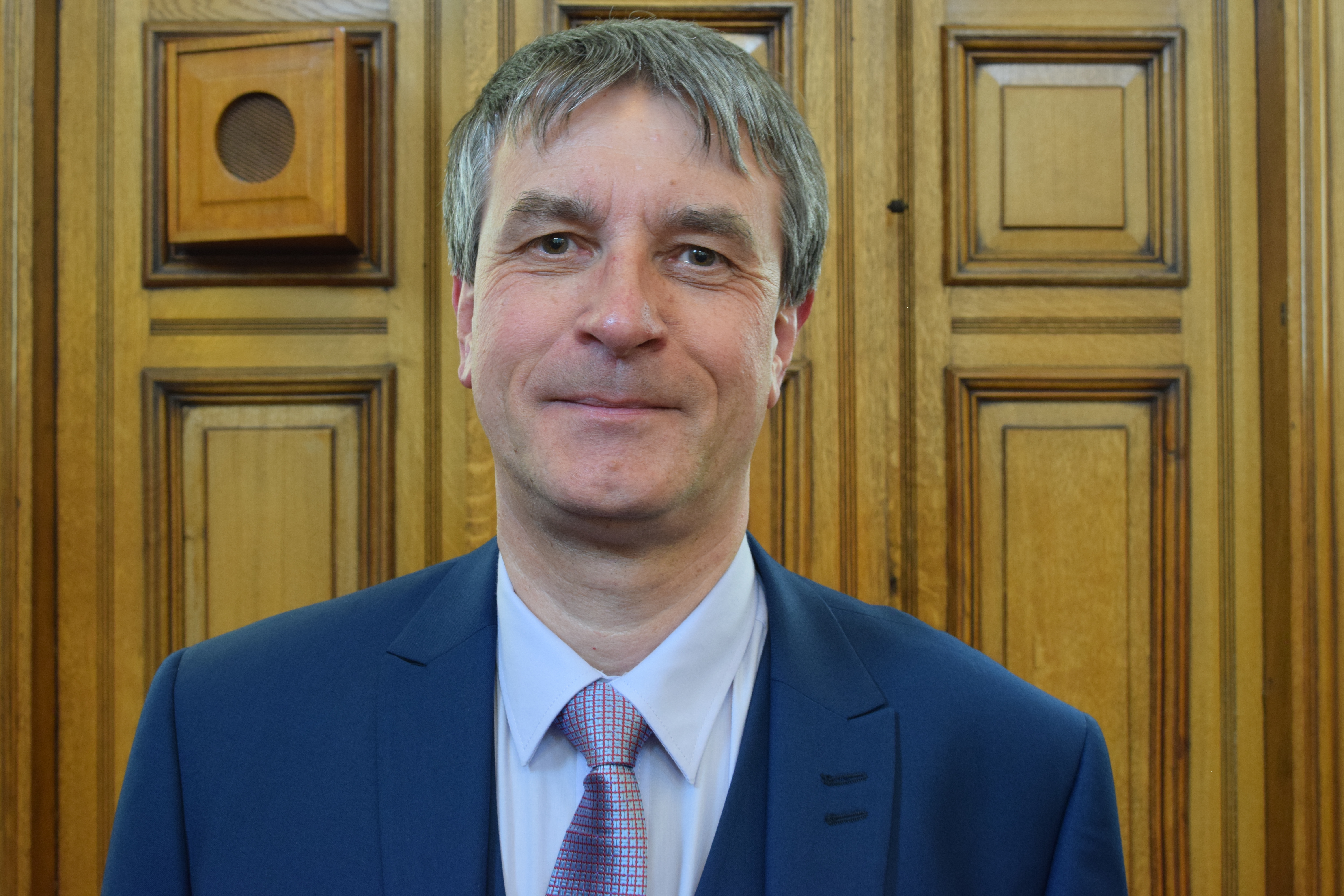“The council is very serious about improving disabled pedestrian access to enable independent living.”
That was the statement made by Council Leader Philip Jackson in response to a public question asked by resident Les Bonner at the recent full council meeting, held at Grimsby Town Hall.
Mr Bonner said: “As we improve and regenerate our area, we need to place accessibility at the heart of our plans. Life is already hard enough for disabled people and their families and we should not make it any harder for them than it needs to be. Transport for All recently discussed issues with changes to streets and 81% of disabled people polled were concerned the ‘new normal’ would be inaccessible for them. Barriers such as lack of dropped kerbs, inconsistent tactile paving, uneven or steep pavements, potholes and tree roots, overgrown hedges, inconsiderate vehicle parking, street clutter and bollards, make the streets difficult and sometimes impossible to traverse. Furniture for al fresco dining has complicated matters further.
“There are currently 14.1 million (1 in 5 people) people with a disability in the UK with a combined total spending power of households including at least one disabled person estimated at £274 billion a year, but disabled people still face barriers when accessing community facilities using footways. Disabled people cannot be forgotten as we reopen society and. If we do not take them seriously, we risk excluding many of them from our high streets and precincts and driving them towards out of town and online shopping at a time when their viability is uncertain.
“I am here to ask what steps NELC are taking to improve pedestrian access for disabled people and whether you will adopt the principles of Transport for All’s ‘Equal Pavements Pledge’ and ensure our streets are accessible to everyone?”
Coun Jackson replied: “The council is very serious about improving disabled pedestrian access to enable independent living. There are several proactive steps we are taking to improve disabled pedestrian access across the borough.”
Coun Jackson then highlighted the following examples:
- The Local Transport Plan (LTP) considers accessibility, including disabled access, to enable disadvantaged groups or people living in disadvantaged areas to connect with employment, health, social and leisure opportunities. The council uses robust data sources and modelling techniques to identify where potential transport accessibility problems are likely and where transport accessibility issues are identified, we seek to review the issues and develop action plans to deliver solutions. As far as possible, the development of these solutions includes collaborative working with local operators and service providers. These organisations and partnerships often have knowledge about specific client groups and ways to meet their needs and are able to identify appropriate solutions.
- The LTP funds and delivers an annual prioritised programme of tactile crossing improvements as a result of public requests, in addition to ensuring signalised crossing points are improved to Equality Act compliance.
- 33% of bus stops in North East Lincolnshire have raised kerbs to allow ease of access for elderly and disabled. In 2022/23, a further £75,000 is being spent on raised kerb bus stop improvements to further increase provision.
- The council has 20 car parks recognised in the Disabled Parking Accreditation awards scheme. The DPA certificate is awarded to those car parks with high quality parking facilities, that meet disabled people’s needs. Information is available on the council’s website detailing the car parks which have attained Disabled Parking Accreditation.
- In the 2019 North East Lincolnshire Bus Passenger Satisfaction Surveys – 91% of people who identified as disabled were either fairly or very satisfied with their overall journey experience. In comparison, in 2019 the average overall for England was 87%.
“I have asked officers to take another look at Transport For All’s Equal Pavements Pledge to see what further actions could be practicable,” he added.

About the author